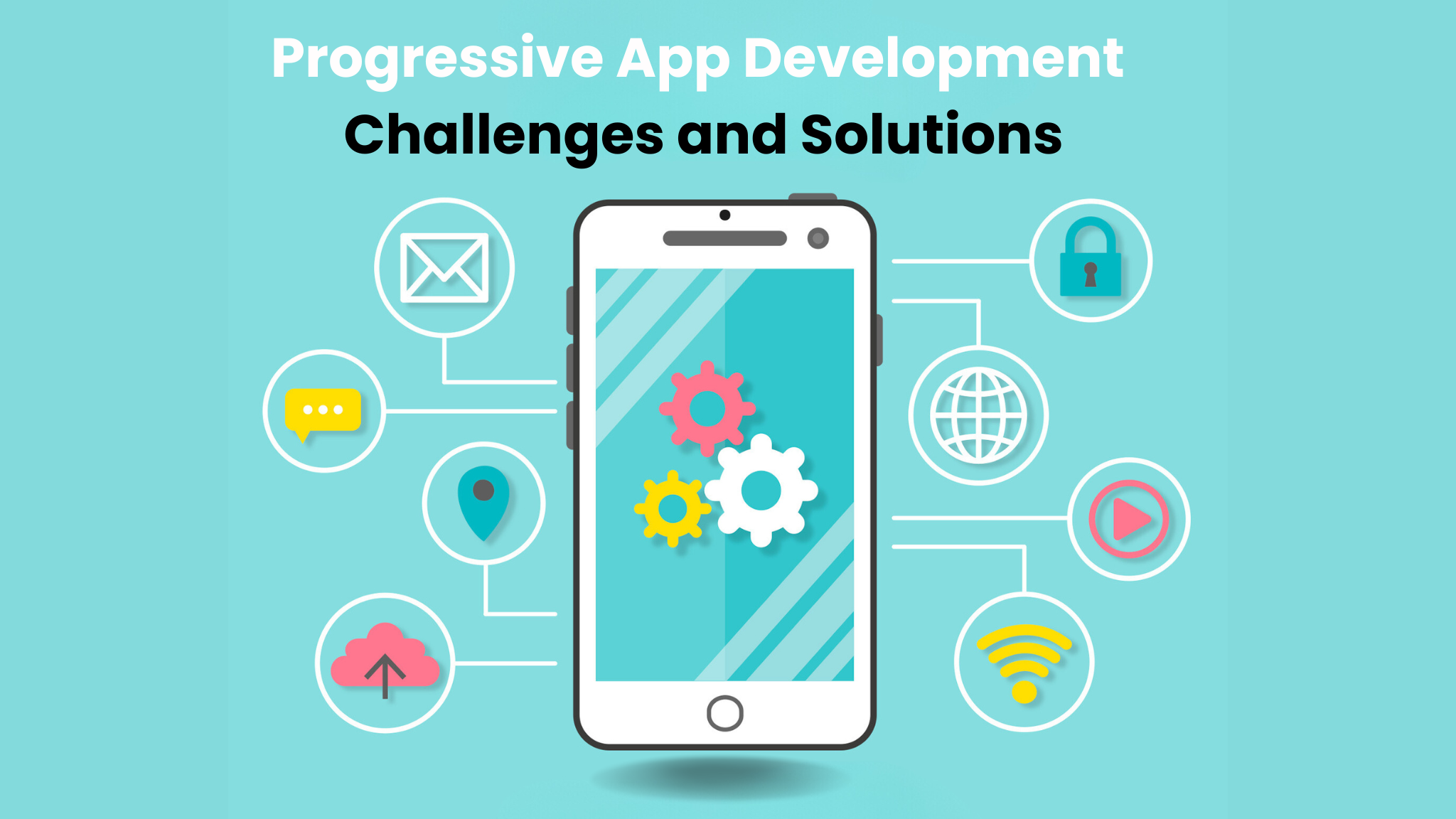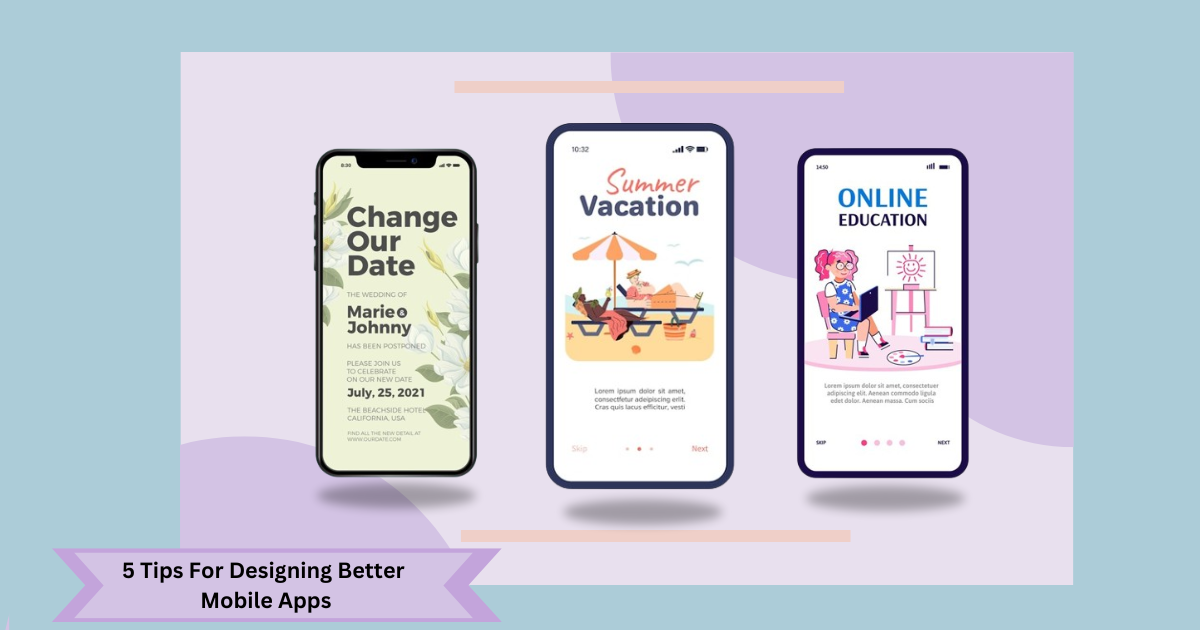In the Digital Era, the rise of Progressive App Development has revolutionized the way users interact with Mobile Applications.
Progressive apps offer enhanced performance, offline access, and improved user experience, making them a popular choice for businesses and developers alike. However, like any technological advancement, progressive app development comes with its own set of challenges. In this blog, we’ll discuss challenges in making progressive apps and offer real solutions supported by facts and news.
Limited Device Capabilities
Challenge:
A main challenge in making progressive apps is meeting the needs of different devices and operating systems. Users might have different devices, screen sizes, and internet connections, making it difficult to ensure a consistent experience.
Solution:
Progressive enhancement is a development approach that guarantees accessibility for all users, regardless of their device. It begins with basic features and gradually incorporates more advanced ones based on the device.
This approach ensures optimal functionality of the website or app across various devices. It starts with basic features and then adds more advanced ones depending on the device. This makes sure the website or app works well on different devices.
Performance Optimization
Challenge:
Progressive apps should load quickly and respond swiftly to user interactions. Slow loading times and performance issues can lead to user frustration and abandonment.
Solution:
Service workers are scripts that run in the background, enabling features like offline access and caching. Developers can use service workers to store important files in the cache. This helps the app load faster and provides a smooth user experience. It is especially useful in situations with poor or no internet connection.
Security Concerns
Challenge:
With increased functionality and offline access, progressive apps may face security risks, including data breaches and unauthorized access to cached information.
Solution:
Implement secure data transmission using HTTPS protocols to protect user data during communication between the app and the server. Additionally, developers should adopt best practices for secure data storage and regularly update the app to address any vulnerabilities.
SEO and Discoverability
Challenge:
Progressive applications might face challenges with search engine optimization and visibility in contrast to conventional websites and native applications. This can affect their visibility on search engines.
Solution:
To improve SEO, developers should ensure that progressive apps are indexable by search engines. Implementing server-rendered content and using relevant keywords can enhance search engine visibility. Creating a web manifest with important information helps search engines find the app as a Progressive Web App (PWA). This also simplifies the process of finding it.
Limited User Engagement
Challenge:
Keeping users interested and using the app regularly can be challenging. This is particularly true for progressive apps, as they may not engage users as much as native apps.
Solution:
Use push notifications to inform users about updates and important content. You can also ask users to add the app to their home screen with app install banners. These banners boost user engagement and bring back more visitors.
Accengage conducted a study on push notifications. The study revealed that these notifications can boost user retention by 60%. Additionally, they can enhance user engagement by up to 88%.
Testing and Debugging Complexity
Challenge:
Testing progressive apps across various devices and browsers can be complex and time-consuming.
Solution:
Implement automated testing tools to perform cross-browser and cross-device testing. These tools can help identify and resolve issues efficiently, ensuring consistent performance across different platforms.
Automated testing can cut testing time by 50% and improve app quality, says a report by BrowserStack.
Security and Data Protection
Challenge:
One challenge in progressive app development is ensuring the security and protection of user data within the app.
Solution:
Developers need to implement robust security measures to address this concern. This includes encrypting sensitive user data, using secure communication protocols like HTTPS, and avoiding storing unnecessary user data or storing it in plain text. Regular security audits and updates should also be conducted to identify and address any vulnerabilities or emerging threats. By prioritizing data security, developers can build trust with users and protect their sensitive information.
Limited Access to Device Features
Challenge:
Progressive apps may have limited access to certain device features compared to native apps.
Solution:
To overcome this challenge, developers can utilize web APIs and frameworks that provide access to specific device capabilities. For example, the Web Bluetooth API allows the app to connect and interact with Bluetooth devices, enabling enhanced functionality in this area. By leveraging available web APIs and frameworks, developers can extend the app’s capabilities and provide a more feature-rich experience to users.
Performance on Low-End Devices
Challenge:
Progressive apps should offer good performance even on low-end devices with limited resources and memory.
Solution:
To address this challenge, developers need to prioritize performance optimizations. This includes techniques such as code minification to reduce file sizes, optimizing resource-intensive animations, and employing lazy loading techniques. By optimizing the app’s performance, developers can ensure that it loads quickly and performs smoothly on a wide range of devices, providing a satisfactory user experience for all users.
Conclusion
Creating better apps has benefits for companies and users, but there are challenges. By using progressive enhancement, improving performance, addressing security, and focusing on user engagement, developers can make successful and user-friendly apps.
Embracing the latest testing tools and SEO practices further enhances the app’s chances of success in the competitive digital landscape.
Keeping up with technology is important for creating effective progressive apps.





